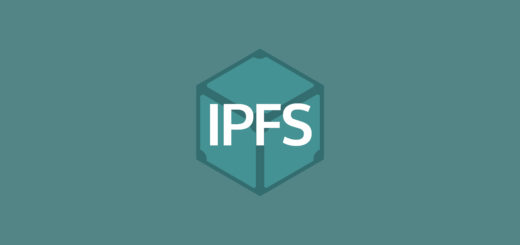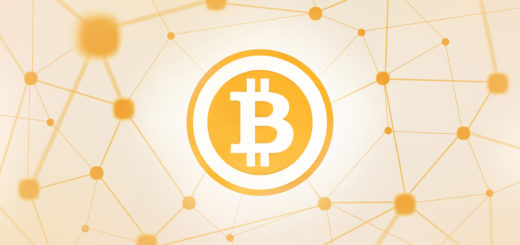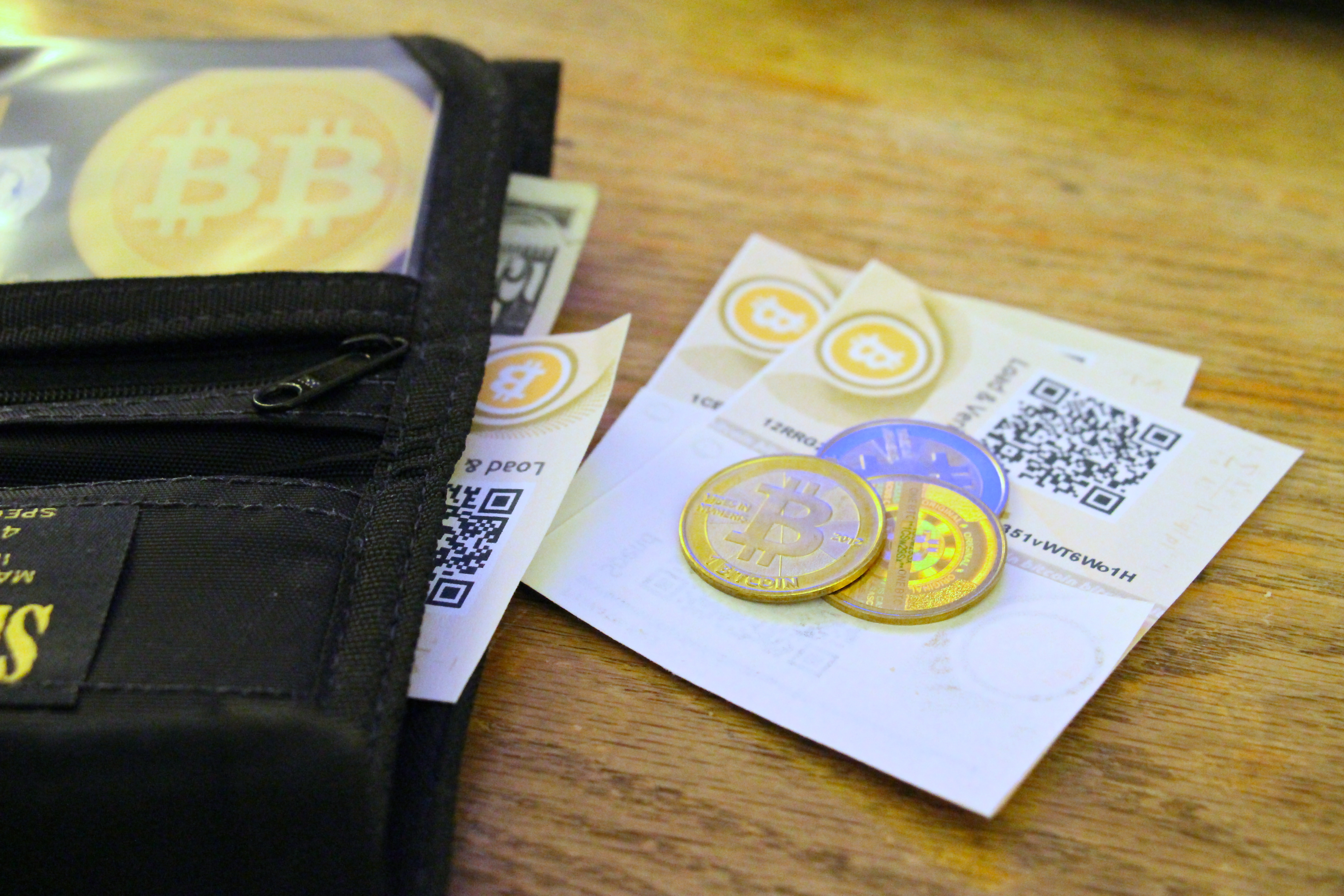What is Ethereum?

By now, you probably have heard of Bitcoin, but chances are you might not have heard of Ethereum. Ethereum is a cryptocurrency initially launched in 2015 that has since then attracted curious people, tech ones and investors alike. Some people even say that it has the potential to surpass Bitcoin; but why is that? Let’s check it out.
Like Bitcoin, but more useful
Just like Bitcoin, Ethereum is a blockchain-based cryptocurrency that shares many common factors with its older brother, like:
- Decentralization
- Anonymous addresses/transactions
- Security-concerned
- Low-fee transactions
You can read more about Bitcoin features here. But Ethereum is also much more. In Bitcoin miners use their computing power (usually generated by GPUs or ASICs) to resolve complicated, useless mathematical problems. Have you ever thought about what could be done with all that overflowing computing power? That’s what Vitalik Buterin thought when conceiving Ethereum.
The World Computer: a programmable blockchain
Bitcoin is first and foremost a currency; this is one particular application of a blockchain. However, it is far from the only application. To take a past example of a similar situation, e-mail is one particular use of the internet, and for sure helped popularize it, but there are many others.
Gavin Wood, Ethereum Co-Founder
The Ethereum network can be seen as a huge plant-sized supercomputer which runs on every node that runs the software. All of this is made possible by a few brilliant components:
- Smart contracts: are, from a high level perspective, contracts that are automatically fulfilled. Imagine two people, one interested in buying a house, one selling the house over the Internet. At one point they reach an agreement and sign a contract. Now imagine the seller is a bad guy and decides to just take the money, he can: there is no one enforcing it (although law might mitigate or resolve this fact). With smart contracts this thing wouldn’t happen since the agreement would be executed the moment both signed. You can imagine an “automatic deed transfer” in this particular example.
- The Solidity language: is a programming language similar to JavaScript created to implement smart contracts on blockchain-based platform (like Ethereum). Solidity enables users to program their own Smart contracts rather than providing a set of predefined actions like Bitcoin does.
- The Ethereum Virtual Machine (“EVM”): the EVM is the core of all this tricks, it is a Turing-complete, sandboxed virtual machine that can resolve smart contracts written in the Solidity language. The EVM runs on every single node.
Thanks to all this, the computation power of the Ethereum network is actually used to fulfill smart contracts that users can use to create decentralized apps, democratic autonomous organizations and trustless crowdfunding campaigns.
DApps (Decentralized App)
A dapp is a service that enables direct interaction between end users and providers (e.g. connecting buyers and sellers in some marketplace, owners and storers in file storage). Ethereum dapps typically interface users via an HTML/Javascript web application using a Javascript API to communicate with the blockchain.
DApps (Decentralized Apps) are a core component of Ethereum, they are applications written in the Solidity language that enables direct interaction between buyers and sellers. DApps are stored in the Ethereum blockchain and are available at all times, without the need of a central server thus allowing zero downtime. Although this explanation is sufficient, it doesn’t fully represents the use-case for DApps. As a matter of fact you can build:
- A tradeable token with a fixed supply
- A central bank that can issue money
- A puzzle-based cryptocurrency
Trustless Crowdfundings
Have you ever wanted to start a crowdfunding campaign? Or maybe you have pledged in someone else’s. Whatever the case, there are many established crowdfunding platforms out there, how is this “trustless crowdfunding” different? The true difference lies in the trustless approach: since trustless crowdfunding are implemented as smart contracts the risk to be scammed is drastically reduced:
Using Ethereum, you can create a contract that will hold a contributor’s money until any given date or goal is reached. Depending on the outcome, the funds will either be released to the project owners or safely returned back to the contributors. All of this is possible without requiring a centralized arbitrator, clearing house or having to trust anyone.
You can even use the token you created earlier to keep track of the distribution of rewards.
You can build:
- A crowdfund to pre-sell a product
- A crowdsale to sell virtual shares in a blockchain organization
- An auction of a limited number of items
Democratic Autonomous Organizations
You can think of DAOs as a form of automated bureaucracy that automatically executes decision based on code. Much like a robot running the organization. The autonomous organization might be programmed to execute actions based on voting or based on specific triggers.
One of the many advantages of having a robot run your organization is that it is immune to any outside influence as it’s guaranteed to execute only what it was programmed to. And because the Ethereum network is decentralized, you’ll be able to provide services with a 100% uptime guarantee.
You can build:
- A virtual organization where members vote on issue
- A transparent association based on shareholder voting
- Your own country with an unchangeable constitution
- A better delegative democracy
- 2020 A year in review for Marksei.com - 30 December 2020
- Red Hat pulls the kill switch on CentOS - 16 December 2020
- OpenZFS 2.0 released: unified ZFS for Linux and BSD - 9 December 2020









Recent Comments